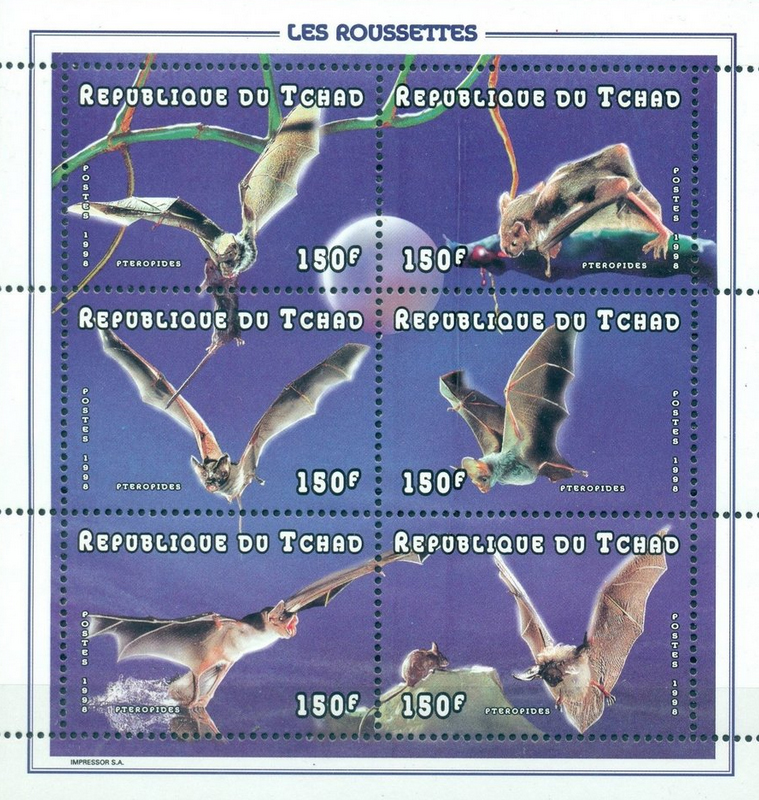
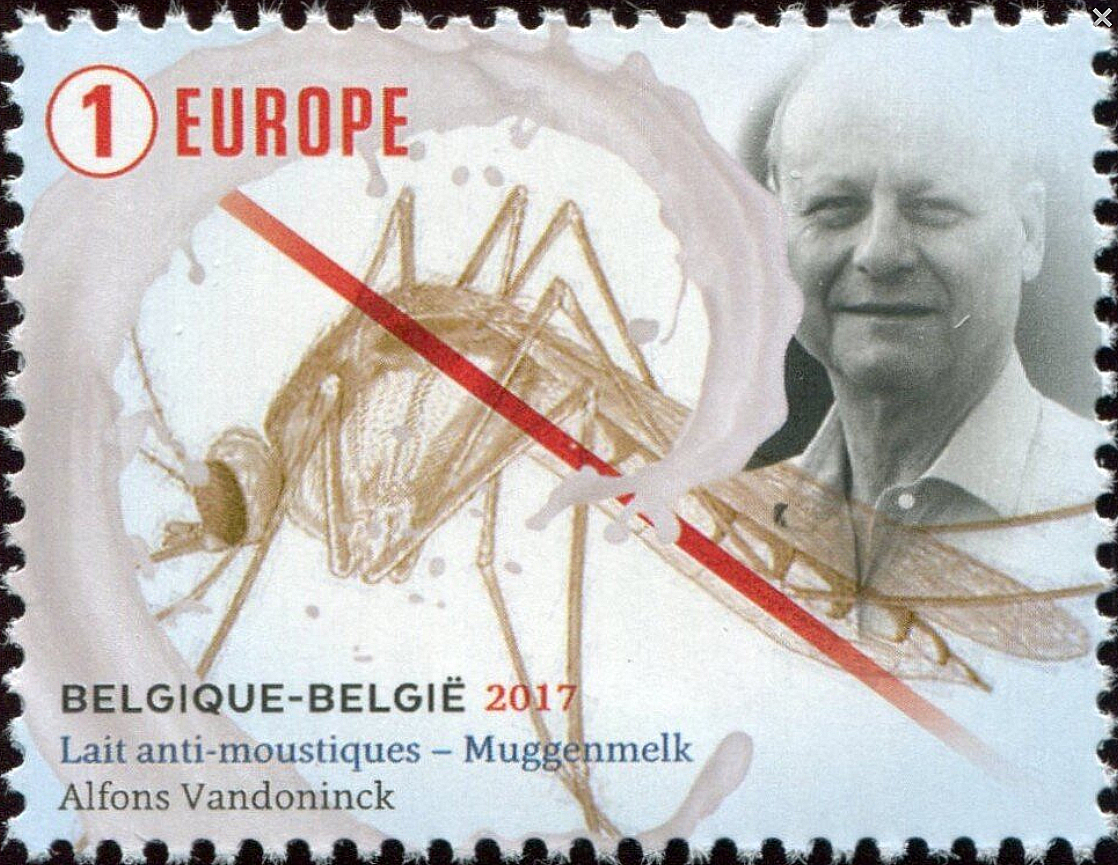 They’ll probably be back soon, the little vampires. No, not the bats that we already have to search for in our environment, but mosquitoes. And especially this year, when we want to celebrate outside with our friends again, it would be nice to have something against these little pests. Maybe even something relatively natural in contrast to the chemical weapons with N,N-diethyl-3-methylbenzamide (DEET) as an ingredient?
They’ll probably be back soon, the little vampires. No, not the bats that we already have to search for in our environment, but mosquitoes. And especially this year, when we want to celebrate outside with our friends again, it would be nice to have something against these little pests. Maybe even something relatively natural in contrast to the chemical weapons with N,N-diethyl-3-methylbenzamide (DEET) as an ingredient?
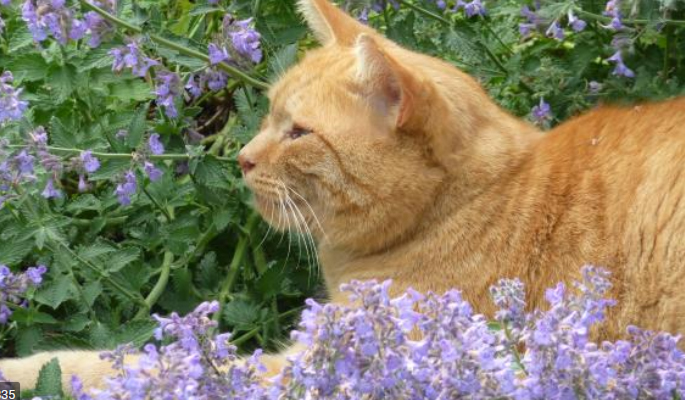


Therefore, whoever heard of catnip (Nepeta cataria)? I knew this plant as a garden perennial, beautiful blue flowering, and an attraction for all the cats in the neighborhood. It is now known to have a euphoric and hallucinogenic effect on all cats. Likewise, its scent is said to have a calming effect on humans. It has also been known in herbal medicine for thousands of years. Plinius the Elder in the 1st century AD but especially Soon in his pharmacopeia (Leechbook) – an Old English medical manuscript from the 10th century – report that catnip would be effective against everything from bed bugs to shoulder pain.
 However, its effects as an insect repellent have also been known for a long time. For example, catnip is mentioned in Johannes Franck’s Speculum botanicum of 1638 as “loosestrife,” a name later used by Carl von Linné. Loosestrife can be loosely translated as “lice grass” (with “lice” probably referring to all pesky little creatures), alluding to its use as an insect repellent. Extracts of catnip have already been proposed as a natural alternative to synthetic insect repellents such as N,N-diethyl-3-methylbenzamide (DEET)
However, its effects as an insect repellent have also been known for a long time. For example, catnip is mentioned in Johannes Franck’s Speculum botanicum of 1638 as “loosestrife,” a name later used by Carl von Linné. Loosestrife can be loosely translated as “lice grass” (with “lice” probably referring to all pesky little creatures), alluding to its use as an insect repellent. Extracts of catnip have already been proposed as a natural alternative to synthetic insect repellents such as N,N-diethyl-3-methylbenzamide (DEET)
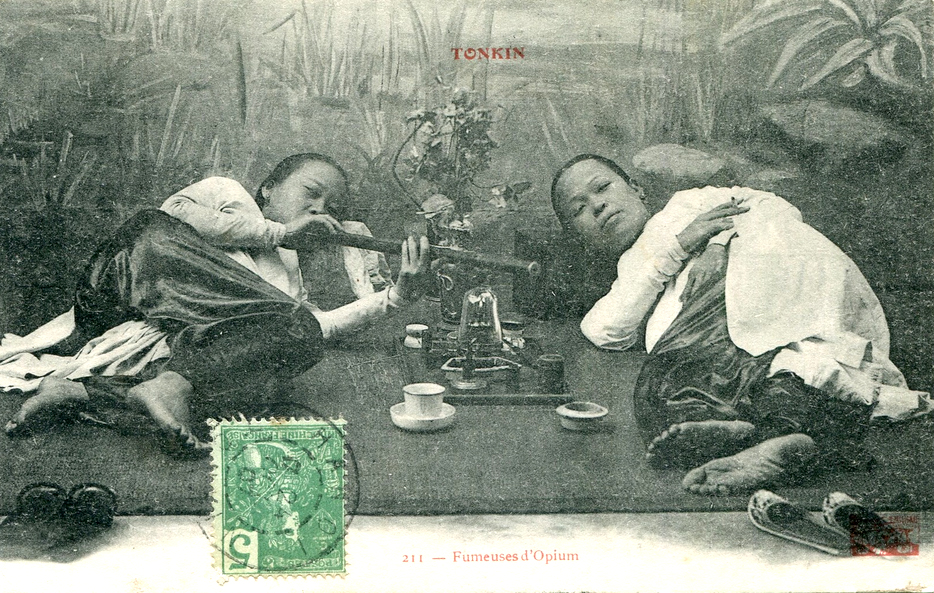 And now nearly 400 years later, there is a scientific explanation for how catnip affects cats and insects. Its effect is attributed to a substance called nepetalactone, which typically makes up as much as 80% of catnip extracts. It is believed that this substance acts on the opioid system of the cat’s brain, activating the reward system there.
And now nearly 400 years later, there is a scientific explanation for how catnip affects cats and insects. Its effect is attributed to a substance called nepetalactone, which typically makes up as much as 80% of catnip extracts. It is believed that this substance acts on the opioid system of the cat’s brain, activating the reward system there.
In insects, however, as mentioned, catnip extract has exactly the opposite effect. Scientists have now shown that in both the fly Drosophila melanogaster and the mosquito Aedes aegypti, the main mediator of catnip repulsion is the widely conserved molecular receptor TRPA1, an ancient pain receptor found in animals as diverse as flatworms, fruit flies, and humans. TRPA1 is a receptor coupled to an ion channel and is best known as the “wasabi receptor,” which senses environmental irritants such as pain and itch.

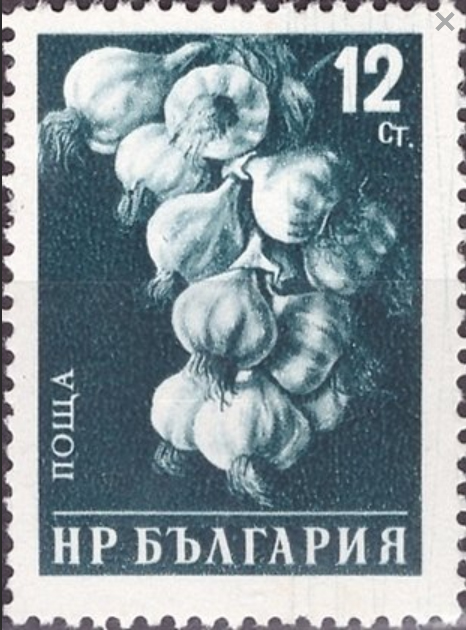
 Of particular interest is that catnip appears to selectively activate the insect receptor, unlike wasabi or garlic compounds, which also activate these receptors in humans. This explains why humans do not react to catnip. Maybe now there will soon be insect repellents based on TRPA1 receptor activation. Until then, from now on I will also plant catnip in my garden, that in addition to the big nut trees another plant will keep these bloodsuckers away from me on balmy summer evenings.
Of particular interest is that catnip appears to selectively activate the insect receptor, unlike wasabi or garlic compounds, which also activate these receptors in humans. This explains why humans do not react to catnip. Maybe now there will soon be insect repellents based on TRPA1 receptor activation. Until then, from now on I will also plant catnip in my garden, that in addition to the big nut trees another plant will keep these bloodsuckers away from me on balmy summer evenings.
Resources:
- Current Biology 2021 Feb 25;S0960-9822(21)00217-7. The irritant receptor TRPA1 mediates the mosquito repellent effect of catnip. Melo N. et al.,
- www.colnect.com
